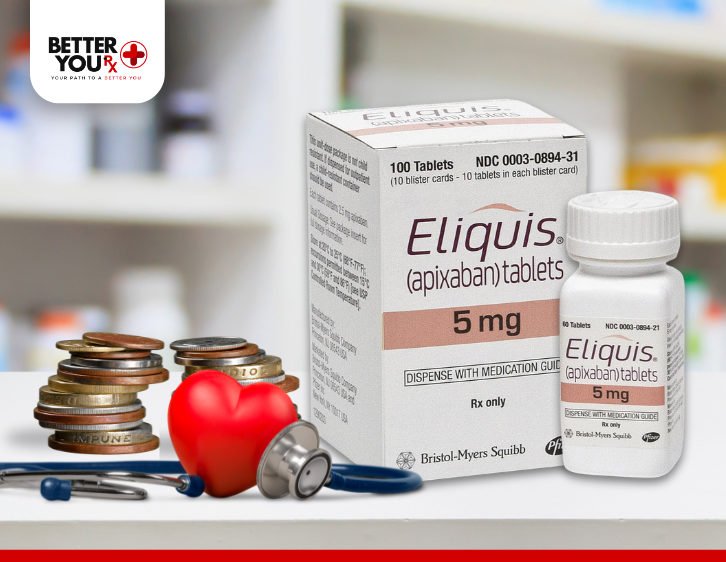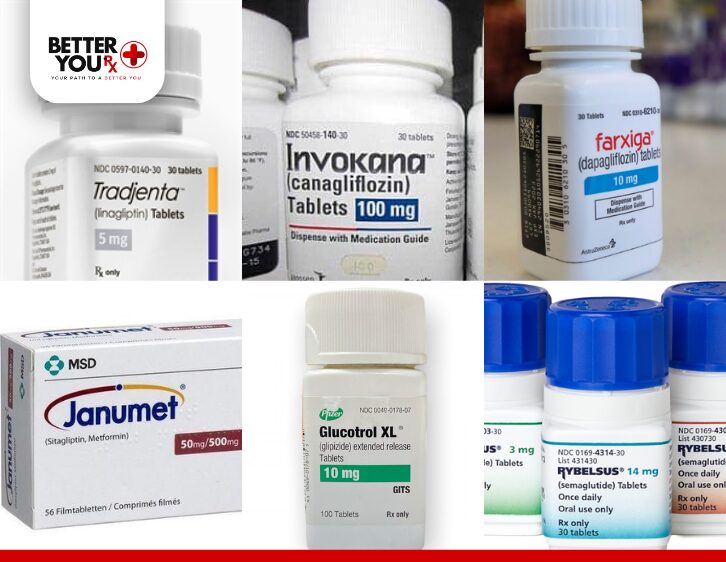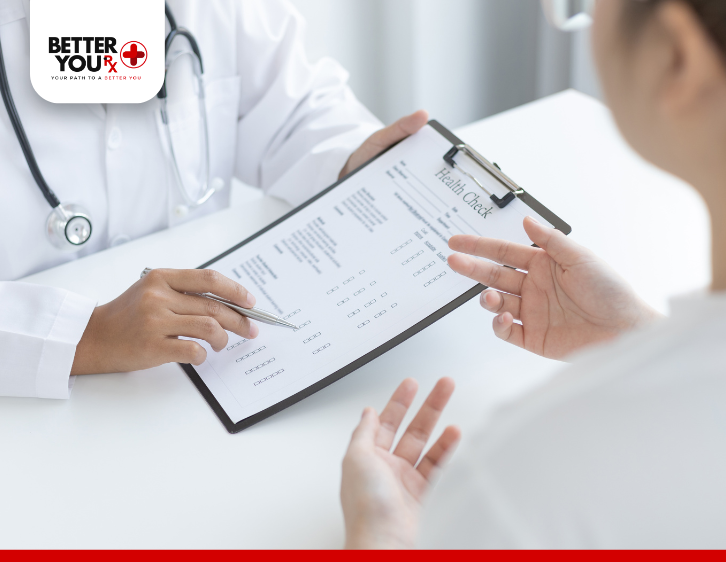How Purple Corn Can Help Control Blood Sugar in Diabetes
Purple corn, often overlooked in the world of superfoods, is gaining attention for its potential health benefits, especially in managing diabetes. This vibrant grain, native to the Andes of South America, has been used for centuries by indigenous people for its nutritional and medicinal properties. But what makes purple corn stand out, particularly for those with diabetes?
In this article, we’ll explore the health benefits of purple corn, its impact on blood sugar levels, and how this ancient grain could offer a natural approach to diabetes management.
What is Purple Corn?

Purple corn (Zea mays) is a variety of maize, but what sets it apart from regular corn is its deep purple hue. The color is attributed to anthocyanins, a type of flavonoid that gives the corn its distinct color and provides powerful antioxidant benefits. These anthocyanins are also found in other purple or blue foods like blueberries, acai, and eggplant.
While purple corn has long been a staple in traditional Peruvian cuisine, it is now becoming more recognized globally due to its impressive nutritional profile. In addition to anthocyanins, purple corn contains high amounts of fiber, essential vitamins (such as vitamin C and vitamin E), and minerals (like magnesium and potassium).
Purple Corn and Its Role in Blood Sugar Regulation
For individuals managing diabetes, regulating blood sugar levels is crucial. Purple corn is emerging as a promising natural food that may aid in blood sugar control. Here’s how:
- Rich in Antioxidants: The anthocyanins in purple corn have antioxidant properties that can help reduce inflammation and oxidative stress in the body. Chronic inflammation and oxidative stress are common in individuals with type 2 diabetes and can exacerbate the condition over time. By neutralizing free radicals, antioxidants in purple corn may help reduce the risk of complications associated with diabetes, such as heart disease and nerve damage.
- Improved Insulin Sensitivity: Some studies have suggested that the consumption of purple corn could improve insulin sensitivity, which is particularly beneficial for those with type 2 diabetes. Insulin resistance is a hallmark of this condition, and improving the body’s response to insulin can help keep blood sugar levels stable.
- Lower Glycemic Index: The glycemic index (GI) indicates how rapidly a food increases blood sugar levels. Foods with a high GI cause rapid spikes in blood sugar, which can be harmful for people with diabetes. Purple corn has a relatively low GI compared to regular corn, making it a better choice for those who need to manage their blood sugar levels carefully. Consuming low-GI foods can help prevent blood sugar spikes and provide a more consistent release of energy.
- Rich in Dietary Fiber: Purple corn is also high in fiber, which plays a critical role in diabetes management. Fiber slows the digestion and absorption of sugars in the bloodstream, preventing sharp increases in blood glucose. A high-fiber diet can help people with diabetes achieve better blood sugar control and also improve overall digestive health.
The Science Behind Purple Corn’s Health Benefits
Recent research has focused on purple corn’s unique compounds and their ability to aid in managing blood sugar levels. One study published in the Journal of Nutritional Biochemistry found that purple corn extract significantly reduced blood glucose levels in diabetic mice. The researchers noted that the anthocyanins in purple corn were likely responsible for the positive effects.
Furthermore, purple corn has been linked to reduced fat accumulation, a common issue for people with diabetes. Reducing abdominal fat, in particular, can improve insulin resistance and lower the risk of complications like cardiovascular disease.
How to Incorporate Purple Corn into Your Diet

Adding purple corn to your diet can be simple and delicious. Here are some ways to add this superfood to your meals:
- Purple Cornmeal: Purple cornmeal can be used as a base for many traditional dishes such as cornbread, tortillas, or even pancakes. It’s a great alternative to regular cornmeal and can offer additional antioxidants and fiber.
- Purple Corn Flour: Purple corn flour is available for baking and cooking. You can use it to replace part of the flour in your favorite recipes for a nutritional boost.
- Purple Corn Chips: For a snack, look for purple corn chips made from whole purple corn. These can be a tasty and healthier option compared to regular chips, as they typically contain fewer processed ingredients.
- Purple Corn Extract or Supplement: If you’re looking for a more concentrated form of purple corn’s health benefits, purple corn extract is available in supplement form. However, it’s always best to consult a healthcare professional before adding new supplements to your routine.
A Natural Support for Diabetes

While purple corn alone is not a cure for diabetes, it is a powerful addition to a balanced diet and healthy lifestyle. As an affordable, accessible superfood, purple corn may offer natural support in managing blood sugar levels, improving insulin sensitivity, and reducing inflammation—all important factors in diabetes care.
If you’re living with diabetes, consider adding purple corn to your meals as part of a broader strategy to maintain blood sugar control. Along with a healthy diet, regular exercise, and medications prescribed by your healthcare provider, purple corn could help improve your overall health and well-being.
Conclusion:
Purple corn is more than just a colorful addition to your plate. Packed with antioxidants, fiber, and other essential nutrients, it may help manage blood sugar levels and provide a host of other health benefits. As research continues to uncover its full potential, purple corn stands out as a valuable food for those living with diabetes or anyone seeking to maintain a healthy lifestyle. Whether you choose to enjoy purple cornmeal, incorporate purple corn flour into your baked goods, or add it to smoothies and snacks, this ancient grain is a nutrient-dense, diabetes-friendly option worth exploring.
If you’re looking for prescription medications to manage your diabetes, Better You Rx can provide affordable access to high-quality diabetes medications from trusted Canadian pharmacies.





































